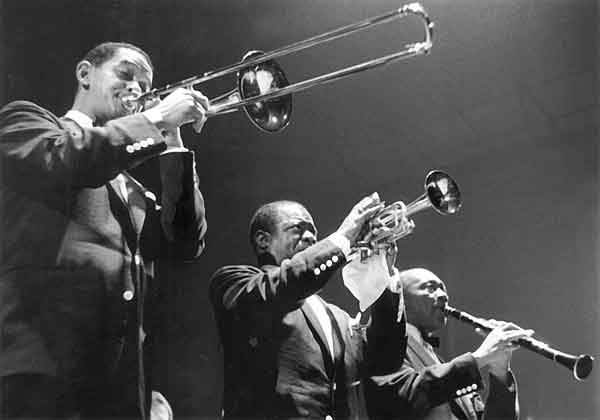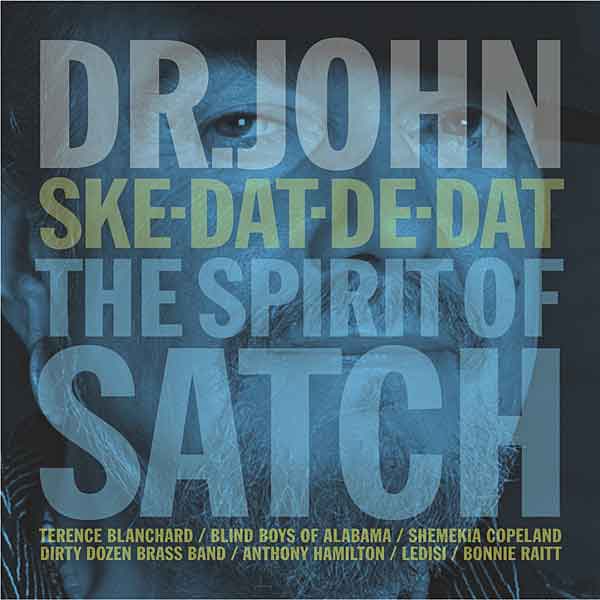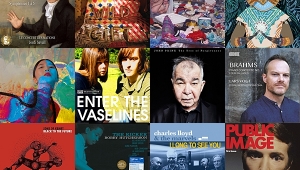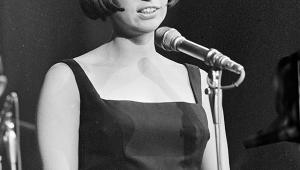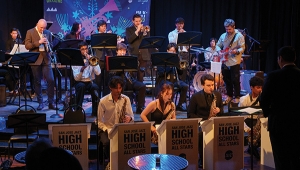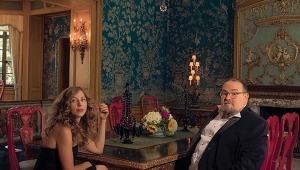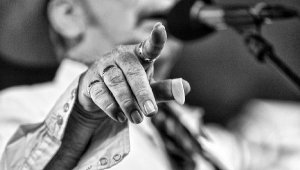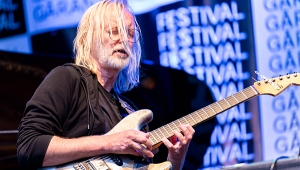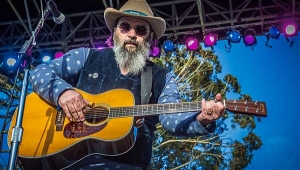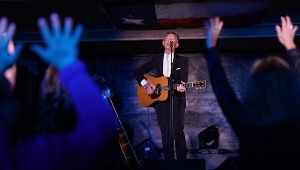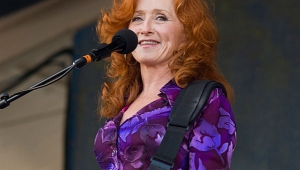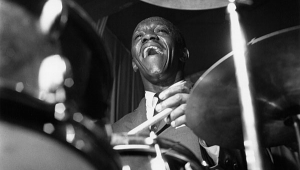| Columns Retired Columns & Blogs |
I have seen a couple of histories and documentaries, but even at age 59 now, I was just a kid in the 1960s, and Louis Armstrong seemed to be bigger than life and certainly appeared much larger than 19 inches of black and screen with a one 4in whizzer cone speaker. I wonder if we take for granted how difficult it must have been for engineers, producers, and artists to fully communicate through that media, yet... on the Ed Sullivan Show, the Beatles' performance came through that little speaker as strong as the Apollo rocket launches we saw not long after. Performances which pinned us to our seats, through that little speaker... how funny we are.
